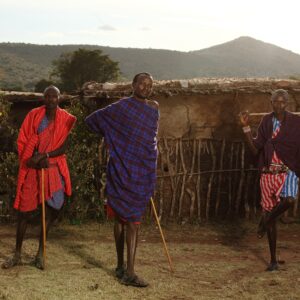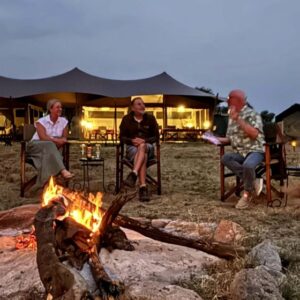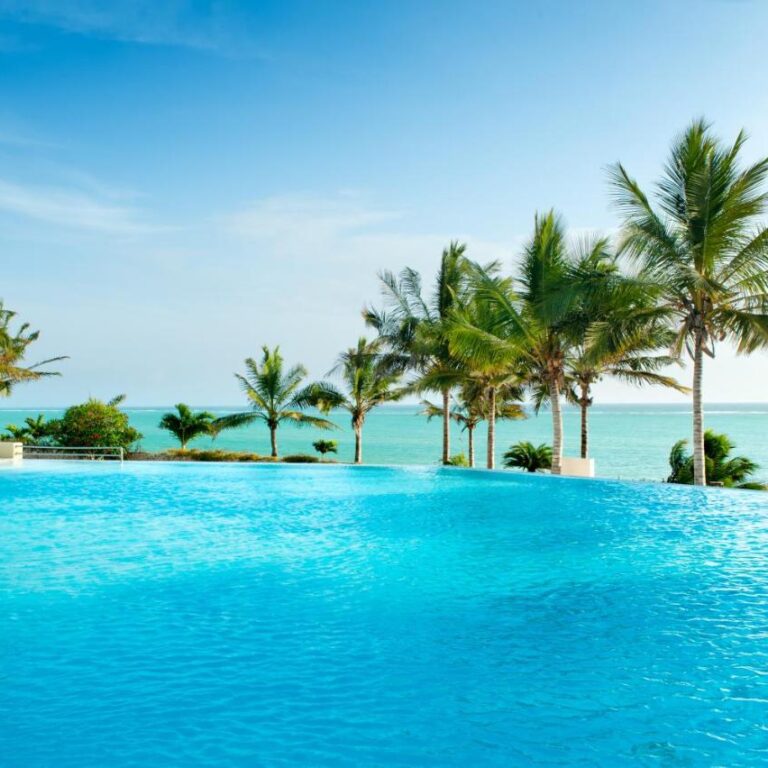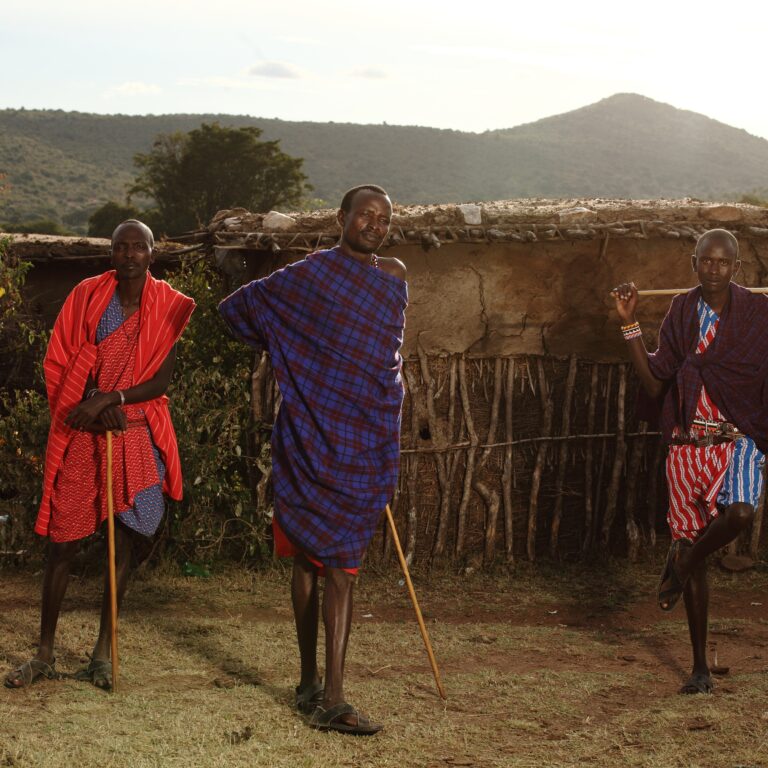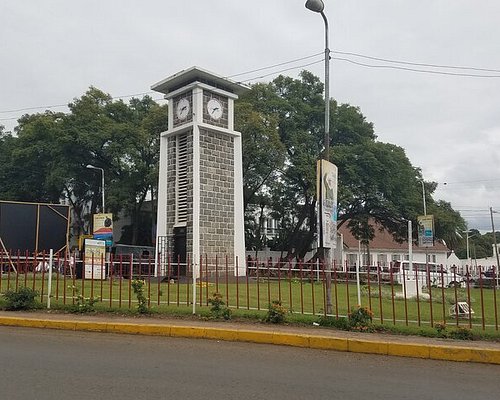Which Is Higher, Kilimanjaro Climb Or Everest Climb?
A Tale of Two Giants: Kilimanjaro vs. Everest – Which Climb Reigns Supreme?: The world is home to some of the most majestic and challenging peaks, each beckoning adventurous souls to conquer their lofty heights. Two names that consistently stand out in the mountaineering realm are Kilimanjaro and Everest. Both are giants in their own right, but how do they compare in terms of difficulty, allure, and overall experience? In this article, we delve into the details of the Kilimanjaro climb and the Everest climb, exploring the unique aspects that make each expedition an unforgettable journey. Book unforgettable Kilimanjaro trekking tour packages all inclusive
Kilimanjaro: Africa’s Rooftop
Nestled in Tanzania, Kilimanjaro is the highest free-standing mountain in the world, standing proudly at 19,341 feet (5,895 meters) above sea level. The mountain’s iconic snow-capped peak, often shrouded in clouds, is a sight to behold against the backdrop of the African landscape.
Kilimanjaro Routes:
Kilimanjaro offers several routes, each with its own characteristics and challenges. The Marangu Route, known as the “Coca-Cola” route, is often chosen for its relative comfort and shorter duration. The Machame Route, on the other hand, is renowned for its scenic beauty but demands a more strenuous ascent.
Kilimanjaro Difficulty:
One of Kilimanjaro’s unique aspects is its accessibility to trekkers of various skill levels. While it doesn’t require advanced mountaineering skills, the altitude poses a significant challenge. Altitude sickness can affect climbers, making acclimatization crucial. The gradual ascent of Kilimanjaro allows for this acclimatization, making it a feasible climb for those without extensive mountaineering experience.
Kilimanjaro Experience:
Kilimanjaro provides a diverse experience, with climbers passing through five distinct climate zones. From lush rainforests to arctic-like conditions near the summit, trekkers witness a remarkable range of landscapes during their journey. The diverse flora and fauna along the way add to the allure of this African giant.
Everest: The Roof of the World
Mount Everest, the tallest peak on Earth, towers at a staggering 29,032 feet (8,848 meters) above sea level. Located in the Himalayas on the border between Nepal and China, Everest has long captured the imaginations of adventurers worldwide.
Everest Routes:
Everest boasts multiple routes, but the South Col route from Nepal is the most popular. The North Col route, accessed from the Tibetan side, presents its own set of challenges. The climb often involves traversing treacherous icefalls, navigating through crevasses, and enduring extreme weather conditions.
Everest Difficulty:
Unlike Kilimanjaro, an Everest ascent demands advanced technical climbing skills. Climbers must contend with steep ice and rock faces, crevasse crossings, and the notorious Khumbu Icefall. Altitude-related challenges, including the risk of life-threatening conditions such as High Altitude Pulmonary Edema (HAPE) and High Altitude Cerebral Edema (HACE), further elevate the difficulty level.
Everest Experience:
The Everest experience is one of extreme endurance and resilience. Climbers brave the infamous “Death Zone,” where oxygen levels are dangerously low. The panoramic views from the summit, the camaraderie among climbers, and the profound sense of accomplishment make the Everest climb an unparalleled adventure.
FAQs: Which Is Higher, Kilimanjaro Climb Or Everest Climb?
In the end, both Kilimanjaro and Everest stand as testaments to the indomitable spirit of those who dare to dream of reaching the top of the world, whether it be Africa’s rooftop or the Himalayan giant. Each climb, with its unique set of challenges and rewards, contributes to the rich tapestry of mountaineering history, inspiring generations to come.
Which climb is more challenging, Kilimanjaro, or Everest?
The challenge depends on the climber’s experience and skills. Kilimanjaro is more accessible for beginners, while Everest demands advanced mountaineering expertise.
How long does it take to climb Kilimanjaro and Everest?
Kilimanjaro climbs typically range from 5 to 9 days, while Everest expeditions can extend over 2 months, including acclimatization periods.
What are the risks associated with each climb?
Kilimanjaro poses risks of altitude sickness, while Everest presents more severe threats, including avalanches, crevasse falls, and life-threatening altitude-related conditions.
What equipment is needed for Kilimanjaro and Everest climbs?
Kilimanjaro requires trekking gear, while Everest climbers need specialized equipment, including ice axes, crampons, and oxygen tanks.
How much does it cost to climb Kilimanjaro or Everest?
Kilimanjaro expeditions typically range from $3,000 to $7,000, while Everest climbs can cost between $35,000 and $100,000, covering permits, guides, and equipment.
Which Is Higher, Kilimanjaro Climb, Or Everest Climb?
It is a fact that Mount Everest is the tallest among all, whose height beats the Kilimanjaro Height. The peak of Mount Everest is at 8850 meters (29035 feet), where the Uhuru peak of Mount Kilimanjaro is at 5895 meters (19332 feet). Talking about the seven summits of the world, let’s make the comparison between two big milestones.
Kilimanjaro vs Everest Base Camp: 6 Comparisons to Help you Choose your epic adventure
Altitude Variation: Kilimanjaro: Gradual ascent to 19,341 feet in diverse climates. Everest Base Camp: Reaches 17,600 feet, navigating steep ascents in the Himalayas.
Technical Challenge: Kilimanjaro: Non-technical trek suitable for beginners. Everest Base Camp: Involves basic mountaineering skills, overcoming icy paths and crevasses.
Cultural Immersion: Kilimanjaro: Tanzanian villages and landscapes. Everest Base Camp: Sherpa culture amidst breathtaking Himalayan scenery.
Which Is Harder Kilimanjaro Or Everest Base Camp?
This means you will ascend much slower on an Everest base camp trek which will give the body more time to acclimatize. This is one of the main reasons why Kilimanjaro is considered to be harder. The trail to Everest base camp has more ups and downs throughout the trek, they are also more challenging under foot.
What are three Main Differences Between Kilimanjaro And Everest Base Camp Trek
Altitude and Terrain: Kilimanjaro: Peaks at 19,341 feet, with gradual slopes through diverse landscapes. Everest Base Camp: Reaches 17,600 feet, involving steep ascents, icy paths, and rocky terrains.
Technical Difficulty: Kilimanjaro: Non-technical trek suitable for beginners. Everest Base Camp: Requires basic mountaineering skills, navigating challenging icefalls and crevasses.
Cultural Experience: Kilimanjaro: Immersed in Tanzanian culture, passing through local villages. Everest Base Camp: Enriched by Sherpa culture, with monasteries and vibrant mountain communities.
Kilimanjaro base camp vs Everest base camp height comparison
When it comes to the height of Kilimanjaro versus Everest Base Camp, Kilimanjaro is the higher of the two peaks. Uhuru Peak is 5,895 m (19,341 ft) above sea level and Everest Base Camp is 5,364 m (17,598 ft).
What are mount Kilimanjaro vs mount Everest success rate
The success rate for climbing Everest Base Camp is quite high than Mount Kilimanjaro Climbing depending upon routes, duration, and price. While the average success rate is 90% for trekking Mount Everest Base Camp, the success rate for Climbing Mount Kilimanjaro differs from 90% to 50%.
Kilimanjaro vs. Everest Base Camp (Which is Harder?)
While there are aspects of the Everest Base Camp trek that are harder than Kilimanjaro, the general feeling is that Kilimanjaro is the harder of the two treks. The main reason for this is summit night – it’s a biggie. Everyone who climbs Kilimanjaro talks about the toughness of summit night.
Conclusion: Which Is Higher, Kilimanjaro Climb, Or Everest Climb?
Choosing between a Kilimanjaro climb and an Everest ascent ultimately depends on individual preferences, experience, and the level of challenge one seeks. Kilimanjaro offers a gateway for those venturing into high-altitude trekking, providing a taste of adventure without the extreme technical demands of Everest. On the other hand, Everest remains the pinnacle for seasoned climbers, pushing the limits of human endurance and determination.


